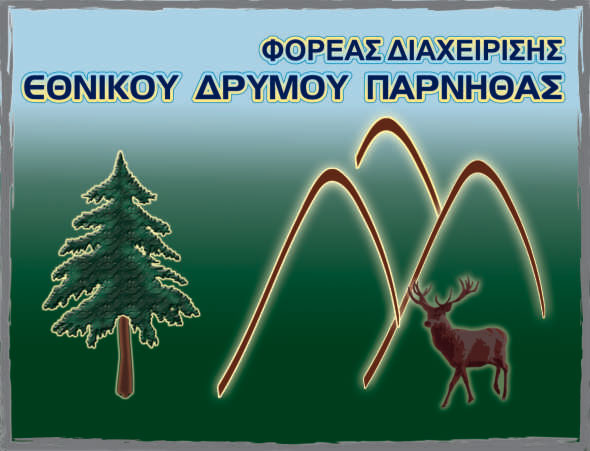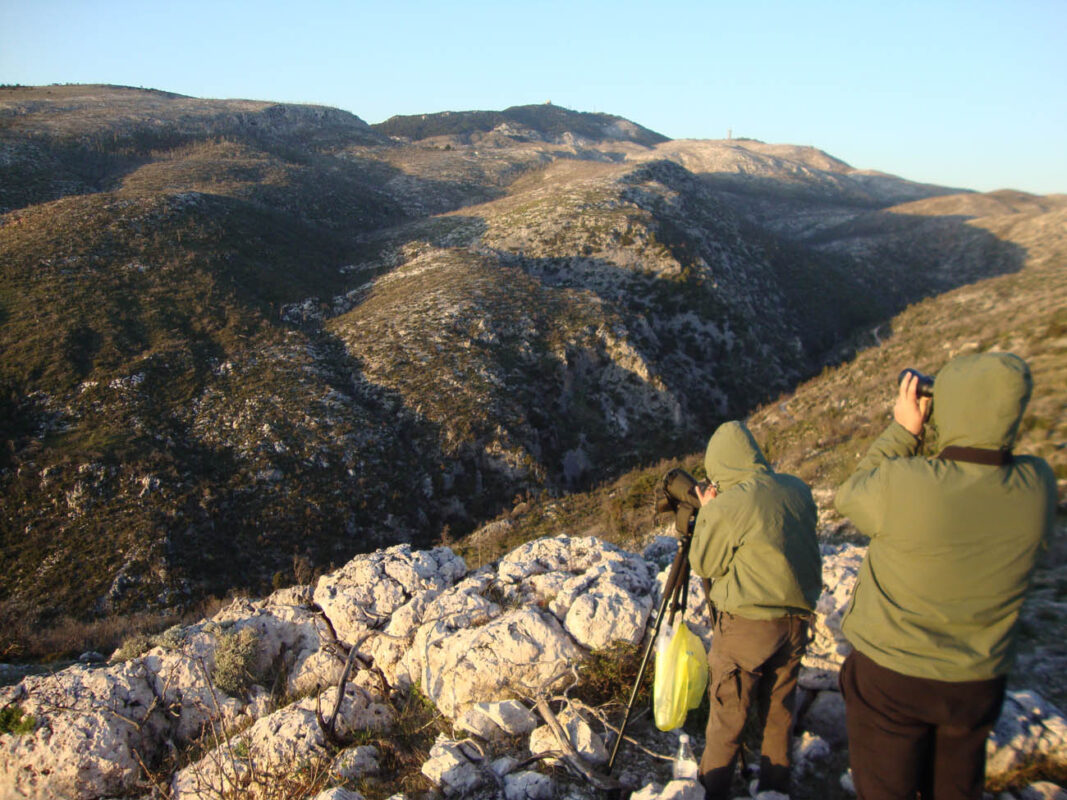One of the main activities of the Agency is the implementation of the Scientific Monitoring Program. The monitoring of habitat types and species of Community interest in Greece (areas of the NATURA 2000 network) is carried out in response to the country ‘s obligations under Directives 92/43 / EEC and 2009/14 / EU. The scientific monitoring of protected objects at national and European level is necessary for the assessment of the state of the natural environment, and is an essential tool for the optimal planning of the management measures of the area, the purpose of which, among other things, is to ensure satisfactory conservation status, restoration and / or restoration of habitat types and habitats of the species species of Directive 92/43.
The monitoring program of the Parnitha National Park aims to assess the conservation status of habitat types and important species of flora and fauna found in the area. In particular, this objective is divided into the following objectives:
- The implementation of the monitoring program fulfills Community and international obligations to monitor biodiversity and protected species and habitat types.
- The species that are considered important at national and local level (endemic, endemic endemic) are recorded and monitored.
Monitoring the population of Red Deer (Cervus elaphus) and Wolf (Canis lupus)
The red deer is included in the “Endangered” species according to the Red Book, ie species that are in danger of extinction from their natural habitat in the near future, is protected under Directive 92/43 / EEC and is included in Annex III of the Berne Treaty .
Parnitha maintains the most prosperous population in Greece that participates as a natural grazer in its ecosystem. It is the only natural population in the country, 75% of which is indigenous, ie descendants of deer that have always lived in Parnitha and is a separate isolated subpopulation.
From 2008 until today (Scientific Monitoring Program): Initially the population is prosperous with increasing trends (2012-2015), while from 2016 onwards it shows a large downward trend, which is due to its prey by the re-emerging wolf (its reappearance wolf is estimated from 2012).
The wolf is protected by Community legislation, with European Directive 92/43 / EEC, on habitat species and types, is a priority species (92/43 / Annex II, IV) and it is the country’s obligation to maintain its current population status. potential and the current spatial distribution in the area south of the 39th parallel.


